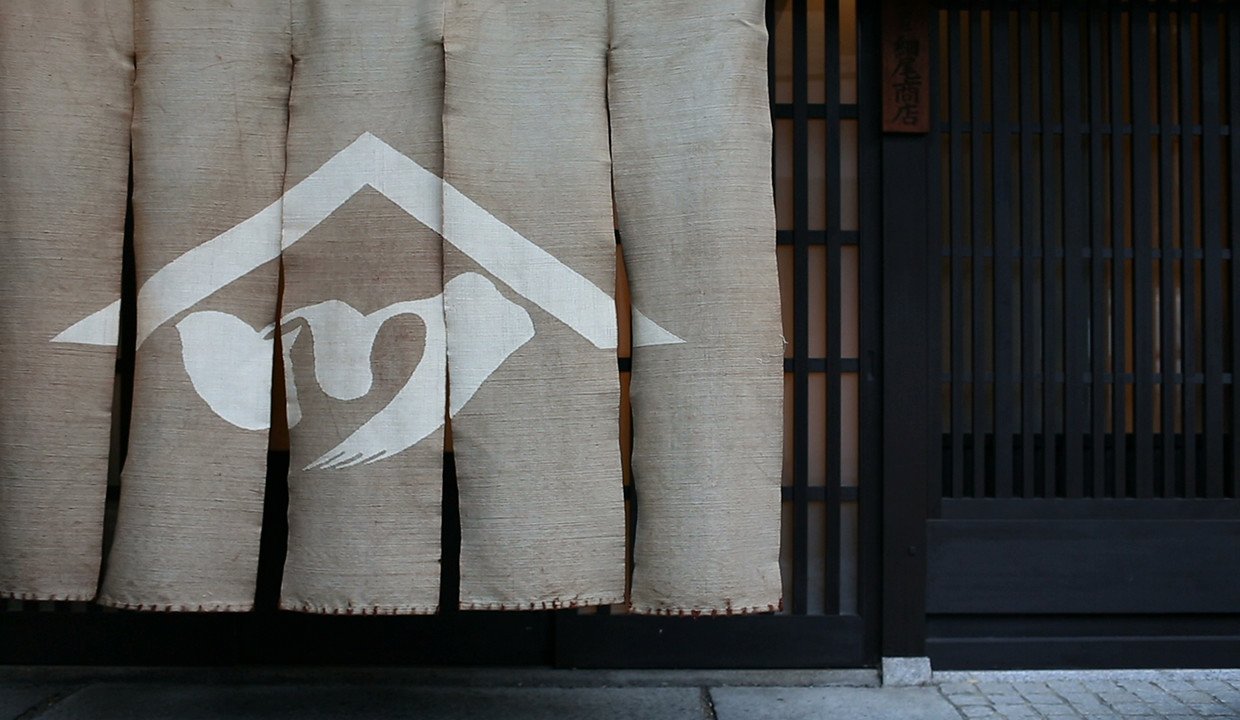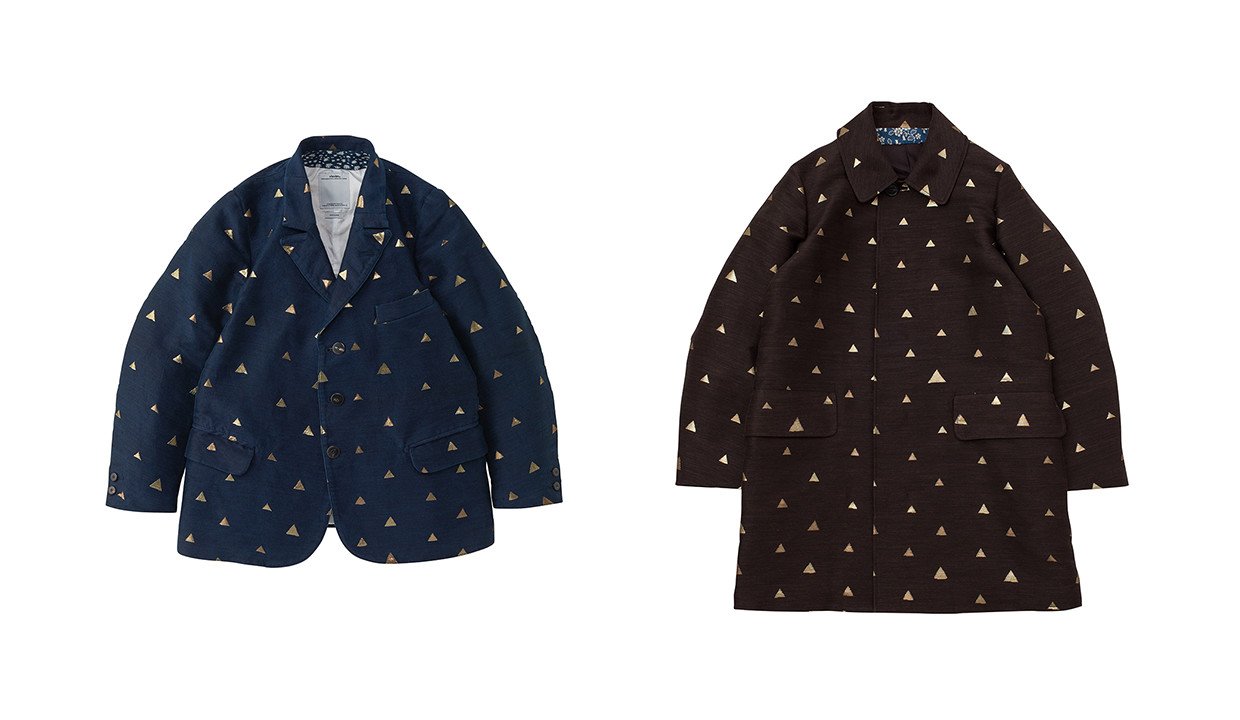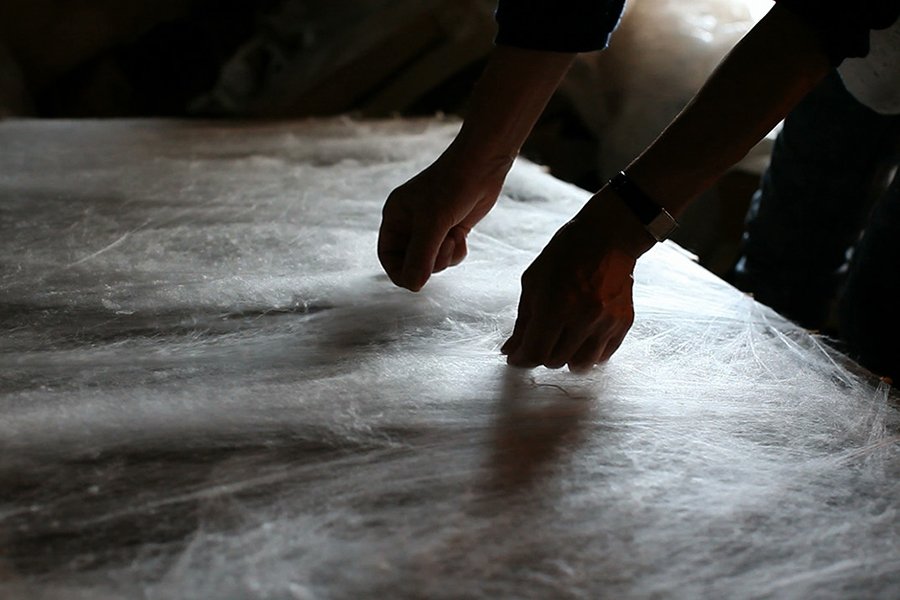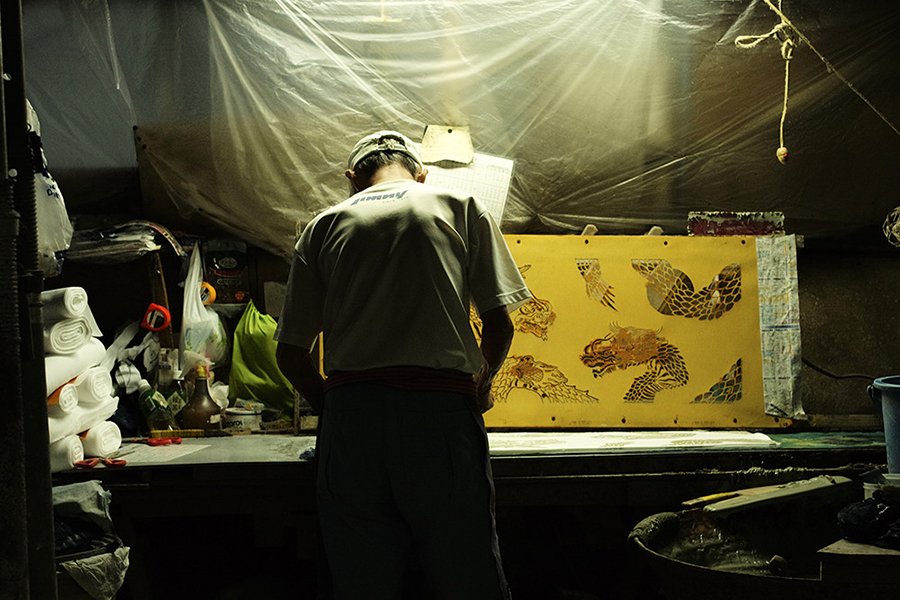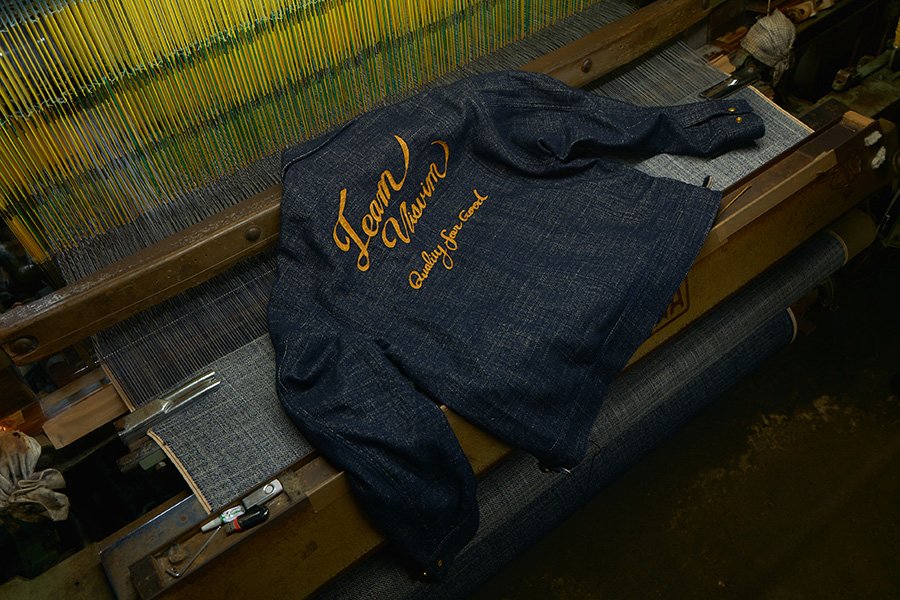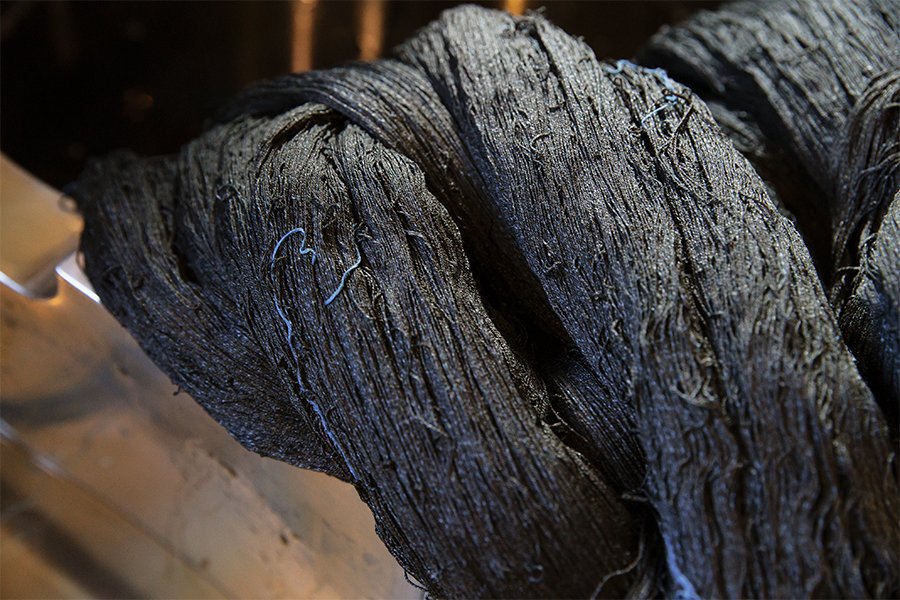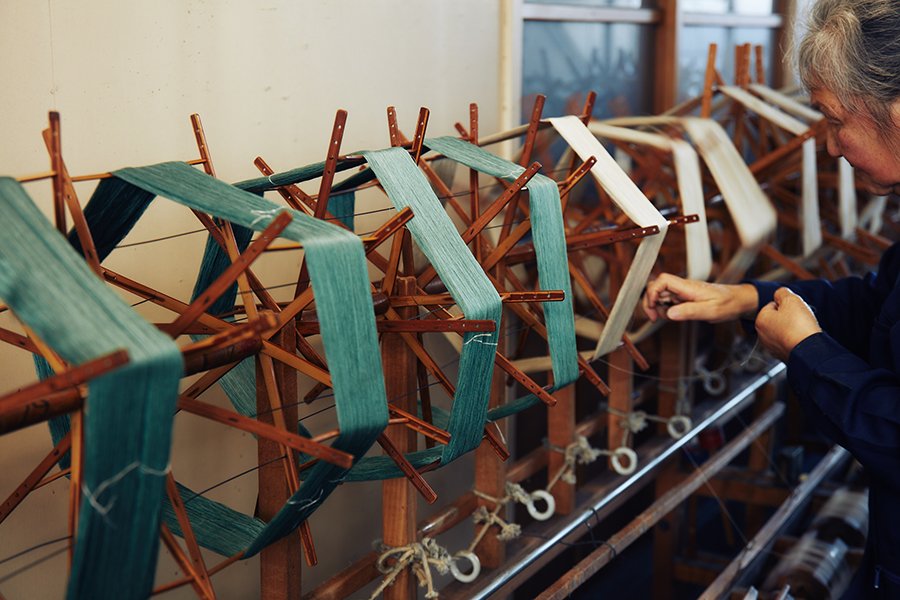Dissertation
Nishijin-ori
About 7 or 8 years ago, I found an old catalog of fabric swatches in a secondhand bookstore in Kyoto. There were a bunch of small pieces of Nishijin-ori fabrics attached to the pages, which were most likely used as fabric samples for kimono sashes.
| Category: | Material |
|---|
| Date: | 2016.08.30 |
|---|
| Tags: | #nishijinori #visvim |
|---|
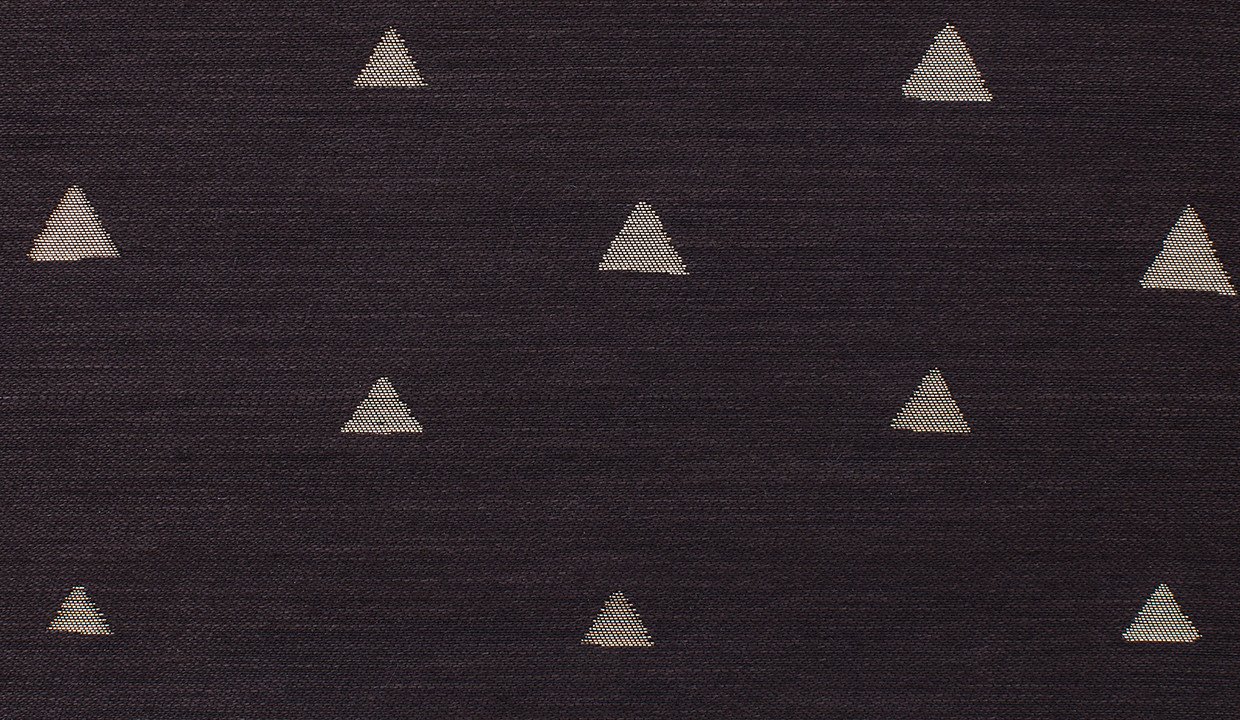
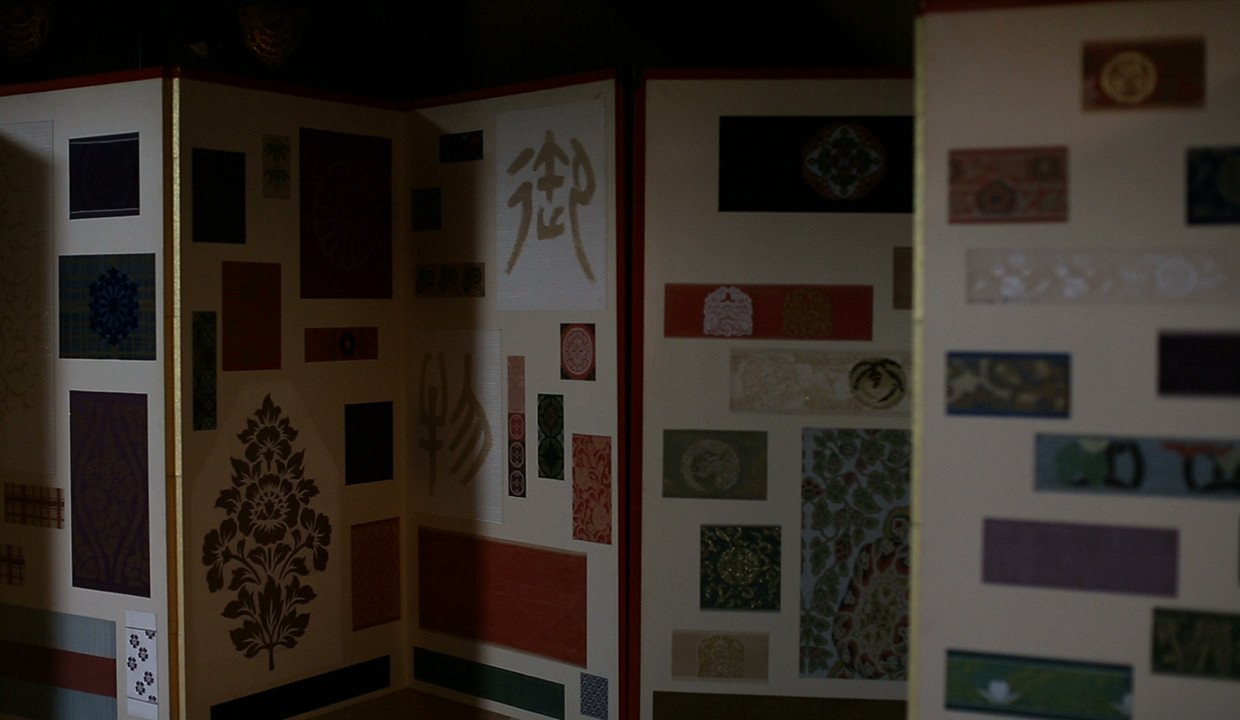
About 7 or 8 years ago, I found an old catalog of fabric swatches in a secondhand bookstore in Kyoto. There were a bunch of small pieces of Nishijin-ori fabrics attached to the pages, which were most likely used as fabric samples for kimono sashes.
I've always had an interest in kimonos and obis (sash) that were woven with gold threads, and I've seen my fair share of them that were manufactured during the Edo period, or even older than that. I think the fabrics that they use are very interesting, but I also feel that they are often a bit too extravagant or fancy-looking. I thought that maybe by using the traditional techniques that were used to make these fabrics, I could create something new that was more suited towards my own, and visvim's sense of style.
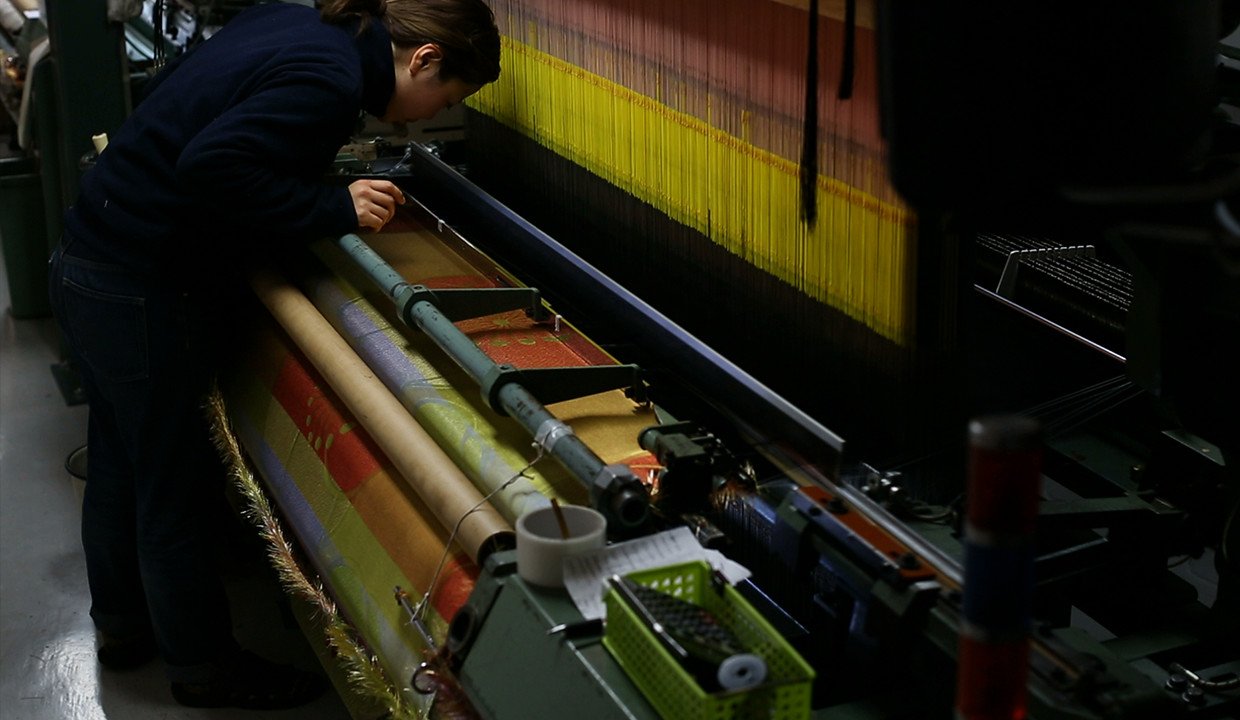
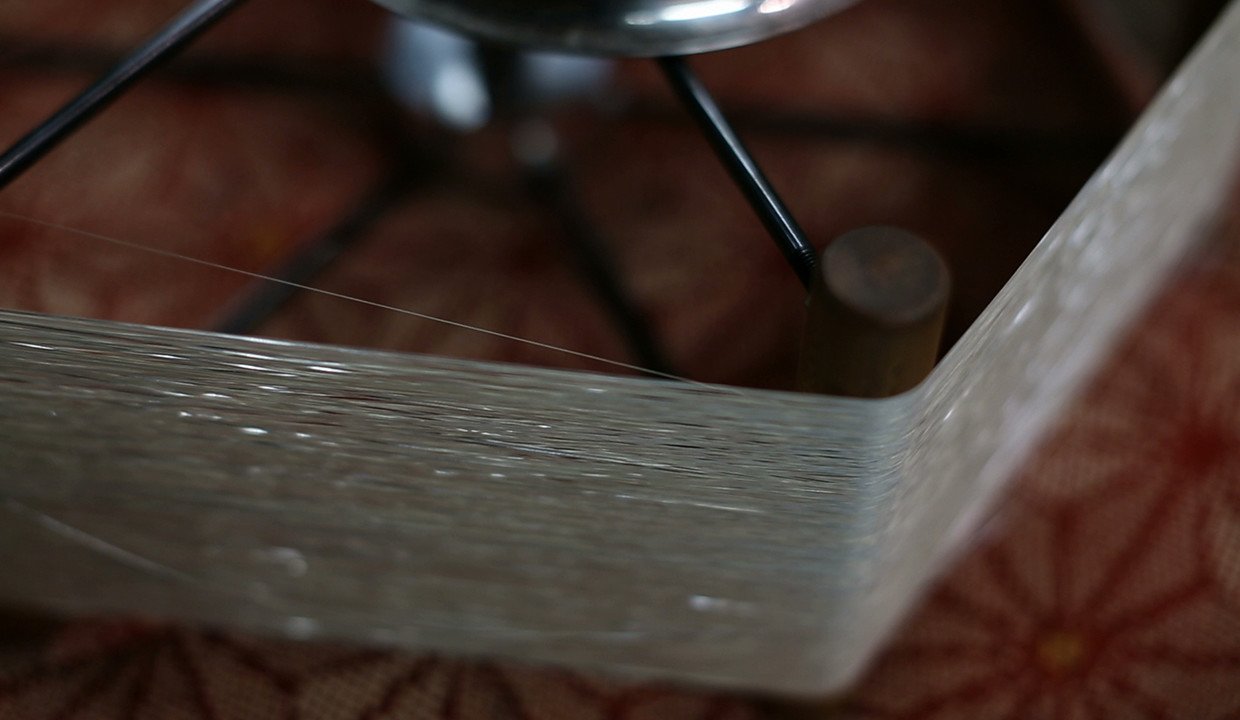

In most cases, silk is used for the warp and weft threads of Nishijin-ori fabrics. We intentionally used natural indigo dyed hemp yarn for the weft thread to provide a somewhat tougher look. We also used various colored gold threads to create the triangle motifs, a pattern that is commonly used by ethnic groups throughout the world, in an attempt to give it a more three-dimensional look.
The finished woven fabric combined the usual elegance typical of Nishijin-ori fabrics and a new masculine feel that is distinctly visvim.
